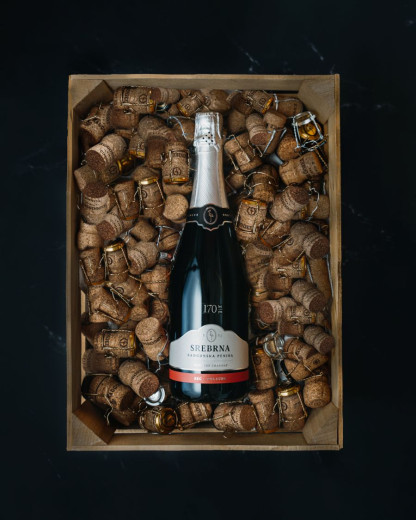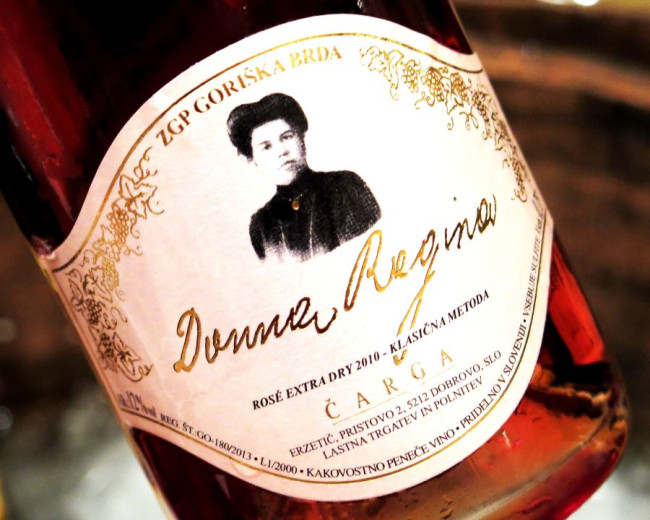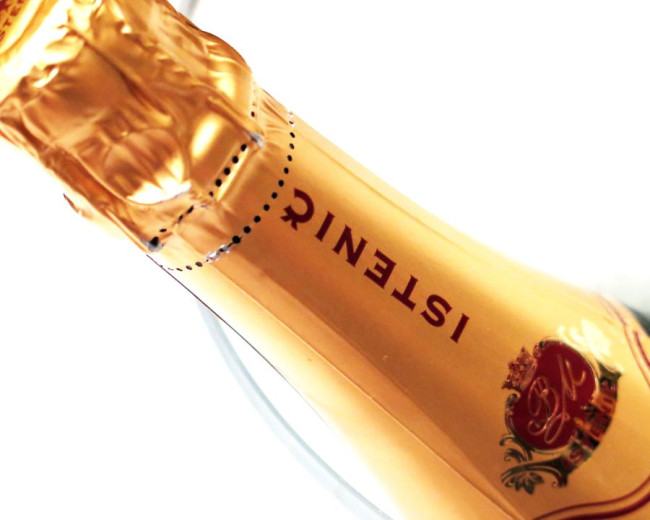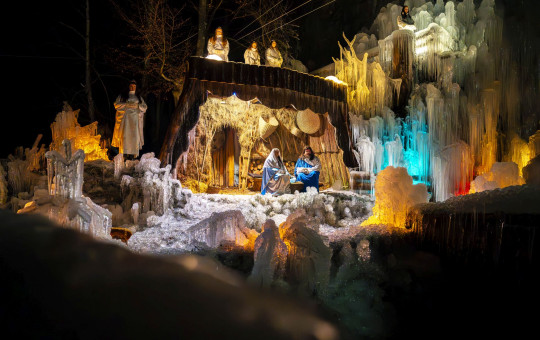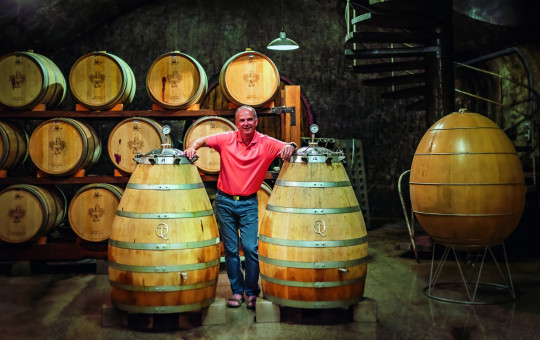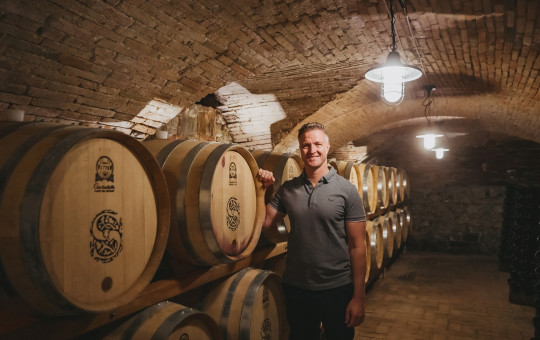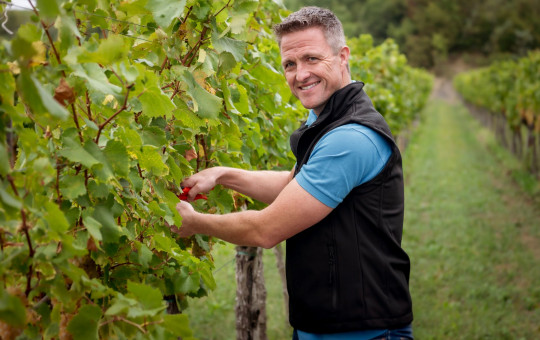Date: 19. December 2023
Time to read: 1 min
Slovenia is the land of the oldest grapevine, supreme wines, wine roads and diverse wine events. In addition to different wine varieties produced by Slovenian winemakers, Slovenian wine cellars also boast shelves bustling with sparkling wines.
Sparkling wines were first mentioned in the territory of Slovenia on 10 December 1853 in the newspaper, Novice kmetijskih, obertnijskih in narodskih rečí, edited by Dr Janez Bleiweis, “Champagne or sparkling wine is the most popular and loved among today’s Slovenian gentry. There is no true festivity or ceremony where sparkling wine would not foam.”
In this text, Bleiweis mentioned that sparkling wine was invented by the French, as the history ascribes the start of sparkling wine production to Benedictine monk and cellarer of Hautvillers Abbey, Dom Pierre Pérignon (1639-1715), but he further highlighted that wine production had also started on Slovenian soil.
Cradle of sparkling wine production
The Radgonske Gorice Hills are considered the cradle of Slovenian sparkling wine production. The oldest sparkling wine cellar in Slovenia can be found here, where wine has been produced since 1852. In the newspaper, Bleiweis mentions Alojz Kleinošek and it was actually in this very newspaper that the Slovenian word for sparkling wine, penina, was used for the first time. Kleinošek learned the process of sparkling wine production in the homeland of champagne, France. He went there in 1846 to discover the traditional methods of champagne production. In 1852, Kleinošek made the first 12,000 bottles of sparkling wine from local wine grape varieties.
The classical method (Méthode Classique) of sparkling wine production was brought to Gornja Radgona by Styrian sparkling winemaker Anton Kleinošek, who established a company to produce sparkling wine from local Slovenian wine grape varieties in 1882.
Black, Golden and Silver bubbles
The golden and silver sparkling wines are so different and yet so excellent. The Golden Radgona Sparkling Wine became a brand in 1977, while the Silver Radgona Sparkling Wine is younger. In a very short time, they both gained in popularity and became synonymous with sparkling wines in Slovenia. Their original image did not change for more than 40 years, and it was only on the occasion of last year’s 170th anniversary that certain modifications were made.
The Golden Radgona Sparkling Wine consists exclusively of Chardonnay that ripens in the area of the Radgonsko-Kapelske Gorice Hills where the Pannonian Sea deposited an abundance of clay soil and sandstone, which give the wine freshness with a low level of inconspicuous acids. This is a Blanc de Blancs sparkling wine. All golden sparkling wines are vintage wines, and it is possible to choose from very dry, dry, semi-dry and rosé Golden Radgona Sparkling Wine.
The Silver Radgona Sparkling Wine is a bestseller. It is made in accordance with the Charmat method. Italian Riesling, Furmint and Chardonnay represent the basis for this type of sparkling wine. It is sold as dry, semi-dry, rosé and PiNQ sparkling wine in a trendy small bottle.
The offer of the Radgonske Gorice Hills is further enhanced by the Untouched by Light sparkling wine. This is the first sparkling wine in the world made from grapes that are picked at night and the wine is processed, matured and consumed in complete darkness. The wine matures in cellars, untouched by the outside world, in the complete absence of light. When it leaves the cellar, the wine is bottled in black glass and sealed in black foil to prevent the access of any additional light or contact with air.
-
 The Untouched by Light experience, which is part of the Slovenia Unique Experiences, received the 2023 Sejalec Award in November 2023. Photo: Radgonske gorice d.o.o. archives.
The Untouched by Light experience, which is part of the Slovenia Unique Experiences, received the 2023 Sejalec Award in November 2023. Photo: Radgonske gorice d.o.o. archives.
-
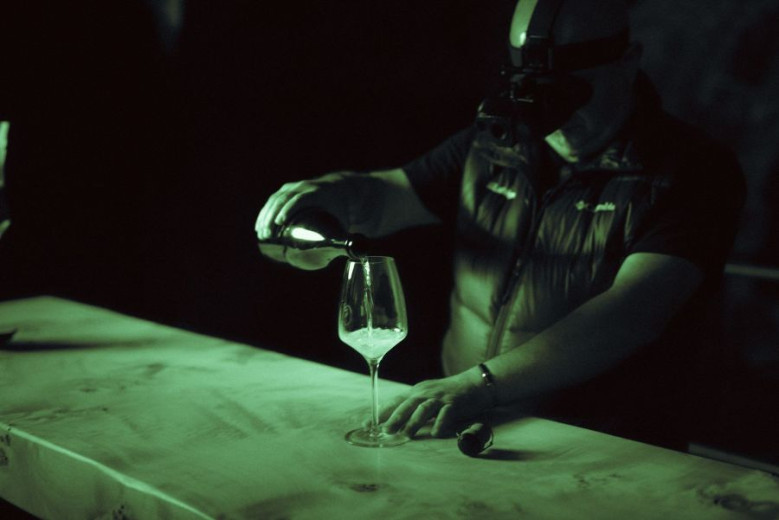 Untouched by light sparkling wine is the first sparkling wine in the world produced in complette darkness. Photo: Radgonske gorice archives
Untouched by light sparkling wine is the first sparkling wine in the world produced in complette darkness. Photo: Radgonske gorice archives
-
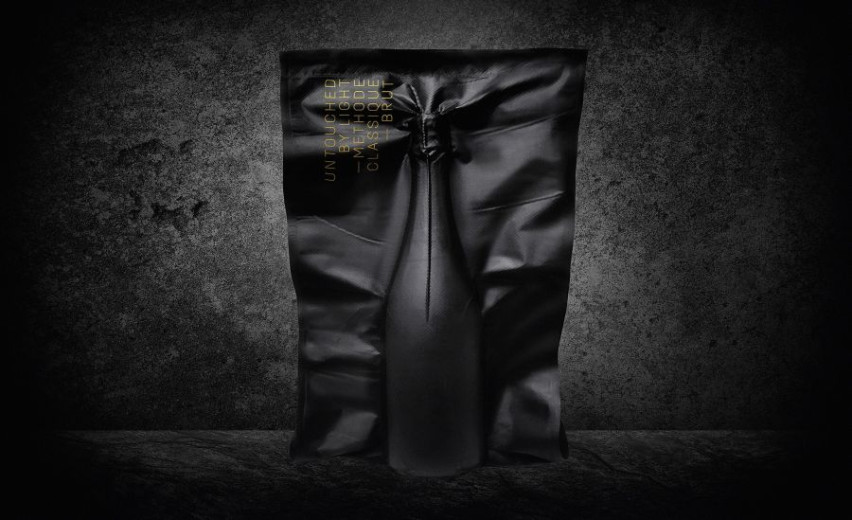 It is produced in the limited series. Photo: Radgonske gorice d.o.o archives
It is produced in the limited series. Photo: Radgonske gorice d.o.o archives
Slovenian sparkling wines are recognised throughout the world
In addition to the most traditional ones, other Slovenian sparkling wines are also becoming appreciated throughout the world, as proven by their Decanter scores.
The largest Slovenian wine cellar, Klet Brda Winery, is known for its still wines, but offers prestigious sparkling wines as well. One of the most exciting ones is the Classical sparkling wine Bagueri Zero, which is comprised of Chardonnay, Pinot Noir and Rebula.
Other renowned sparkling wine producers include Krško Cellar, Domaine Slapšak, Santomas, Vinakoper, Ščurek, Metlika Wine Cellar, Čarga, Hiša I.A.Q.U.I.N, Klet penin Istenič, etc.
Slovenian Sommelier Association
For more than three decades, the Slovenian Sommelier Association has been overseeing the expert development and dissemination of the wine drinking culture in Slovenia.
In December 2023, the Association organised a traditional social event entitled Iskrivi večer (Sparkling evening) at Zemono Manor, at which various sparkling wines were available for tasting.
The attendees were addressed by the President of the Slovenian Sommelier Association, Valentin Bufolin.
Important dates:
30 October 1997/14 November 1997 – term “sparkling wine” (penina) is defined as a high-quality or supreme sparkling wine with protected geographical indication produced in the Republic of Slovenia.
2001 – term “sparkling wine” (penina) is introduced into the Slovenian orthography.
2014 – term “sparkling wine” (penina) is introduced into the second edition of the Dictionary of the Standard Slovenian Language.
-
 Sparkling wine should be well chilled―30 minutes in ice water or 3 hours in the refrigerator should do the trick―and served in slender, flute-shaped glasses. By chilling the sparkling wine, its flavor, bubbles, and nose are enhanced. Photo: igorr1/Depositphotos.com
Sparkling wine should be well chilled―30 minutes in ice water or 3 hours in the refrigerator should do the trick―and served in slender, flute-shaped glasses. By chilling the sparkling wine, its flavor, bubbles, and nose are enhanced. Photo: igorr1/Depositphotos.com
-
 Sparkling wine is one of the elegant extras in life. Photo: luckybusiness/Depositphotos.com
Sparkling wine is one of the elegant extras in life. Photo: luckybusiness/Depositphotos.com


